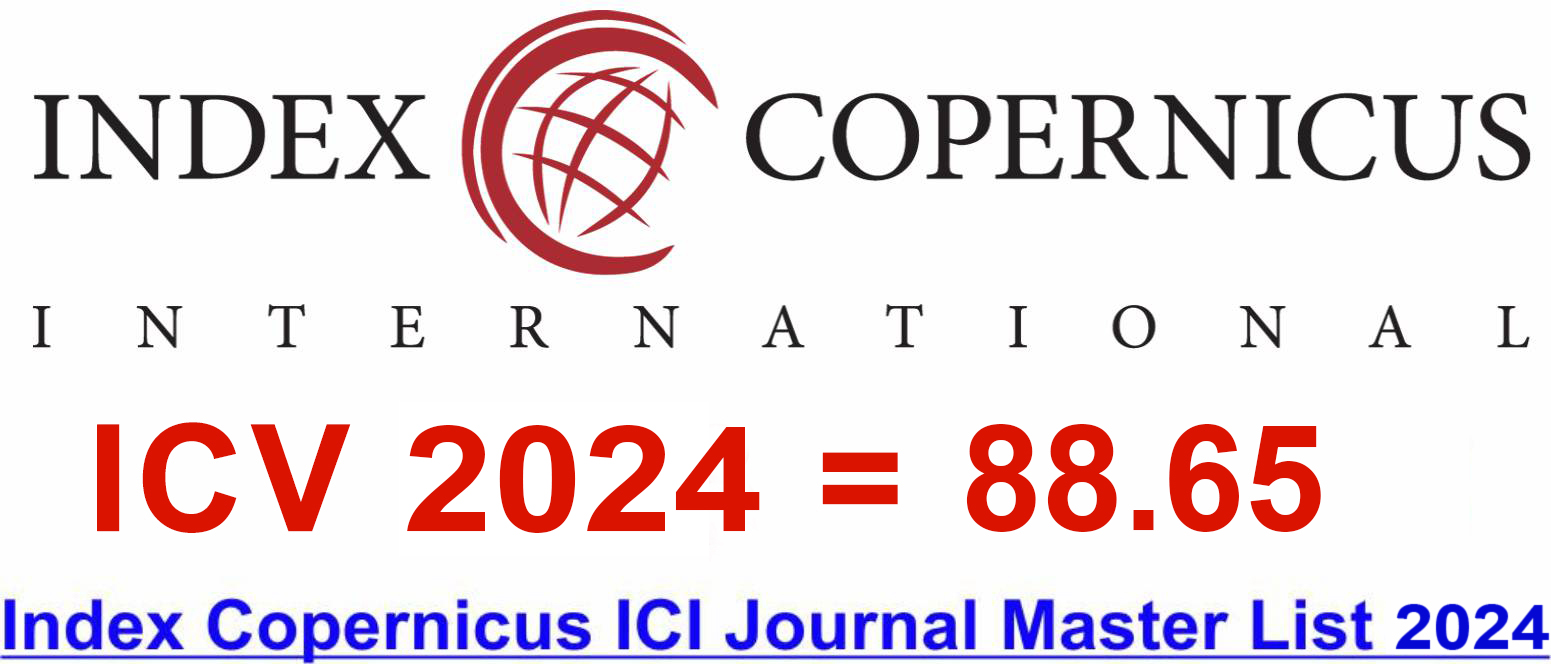Abstract
There is mounting evidence that microbiomes, also known as epigenomes, have a role in metabolic health and the inflammation linked to diet-induced obesity (DIO). This work examines the interaction between DIO, the epigenomic landscape, and the makeup of the microorganisms in the digestive tract within the setting of endocannabinoid-mediated inflammatory control in a mouse model. The negative effects of a high-fat diet (HFD) might be studied by first making C57BL/6J mice overweight and then monitoring their weight. Determining if there were alterations in metabolic parameters or inflammatory indicators was the primary objective. Researchers discovered changes in DNA methylation patterns linked to obesity by integrating genomic sequencing with epigenetic profiling. At the same time, scientists analysed the gut microbiota using 16S rRNA sequencing and found that the HFD was associated with major changes in the variety and composition of microbes. Researchers assessed the impact on inflammatory responses and metabolic repercussions after pharmaceutically modifying endocannabinoid signalling in order to identify the pathways. Inflammation in DIO is influenced by both the microbiota and the epigenome, as previously shown. Then, this influences the signalling of endogenous cannabinoids. While further study is required to clarify the precise processes at play and their relevance to obesity prevention and treatment, the present study does draw attention to the intricate relationship between the microbiome, nutrition, and epigenetic pathways as they pertain to metabolic health, as well as the possibility of using these pathways as therapeutic targets for the inflammation that accompanies obesity.
References
- Keller M, Yaskolka Meir A, Bernhart SH, Gepner Y, Shelef I, Schwarzfuchs D, Tsaban G, Zelicha H, Hopp L, Müller L, Rohde K. DNA methylation signature in blood mirrors successful weight-loss during lifestyle interventions: the CENTRAL trial. Genome medicine. 2020 Dec;12:1-8. https://doi.org/10.1186/s13073-020-00794-7
- Haloul M, Vinjamuri SJ, Naquiallah D, Mirza MI, Qureshi M, Hassan C, Masrur M, Bianco FM, Frederick P, Cristoforo GP, Gangemi A. Hyperhomocysteinemia and low folate and vitamin B12 are associated with vascular dysfunction and impaired nitric oxide sensitivity in morbidly obese patients. Nutrients. 2020 Jul 7;12(7):2014. https://doi.org/10.3390/nu12072014
- Choi YJ, Lee YA, Hong YC, Cho J, Lee KS, Shin CH, Kim BN, Kim JI, Park SJ, Bisgaard H, Bønnelykke K. Effect of prenatal bisphenol A exposure on early childhood body mass index through epigenetic influence on the insulin-like growth factor 2 receptor (IGF2R) gene. Environment International. 2020 Oct 1;143:105929. https://doi.org/10.1016/j.envint.2020.105929
- Moody L, Xu GB, Chen H, Pan YX. Epigenetic regulation of carnitine palmitoyltransferase 1 (Cpt1a) by high fat diet. Biochimica et Biophysica Acta (BBA)-Gene Regulatory Mechanisms. 2019 Feb 1;1862(2):141-52. https://doi.org/10.1016/j.bbagrm.2018.12.009
- Maugeri A, Barchitta M. How dietary factors affect DNA methylation: lesson from epidemiological studies. Medicina. 2020 Jul 25;56(8):374. https://doi.org/10.3390/medicina56080374
- Meruvu S, Zhang J, Choudhury M. Butyl benzyl phthalate promotes adipogenesis in 3T3-L1 cells via the miRNA-34a-5p signaling pathway in the absence of exogenous adipogenic stimuli. Chemical Research in Toxicology. 2021 Sep 14;34(11):2251-60. https://doi.org/10.1021/acs.chemrestox.1c00115
- Dutta S, Haggerty DK, Rappolee DA, Ruden DM. Phthalate exposure and long-term epigenomic consequences: a review. Frontiers in genetics. 2020 May 6;11:405. https://doi.org/10.3389/fgene.2020.00405
- Barron-Cabrera E, Ramos-Lopez O, Gonzalez-Becerra K, Riezu-Boj JI, Milagro FI, Martinez-Lopez E, Martínez JA. Epigenetic modifications as outcomes of exercise interventions related to specific metabolic alterations: a systematic review. Lifestyle genomics. 2019 Sep 23;12(1-6):25-44. https://doi.org/10.1159/000503289
- Landrier JF, Derghal A, Mounien L. MicroRNAs in obesity and related metabolic disorders. Cells. 2019 Aug 9;8(8):859. https://doi.org/10.3390/cells8080859
- Yang H, Yang K, Gu H, Sun C. Dynamic post‐translational modifications in obesity. Journal of Cellular and Molecular Medicine. 2019 Dec 14;24(3):2384. https://doi.org/10.1111/jcmm.14889
- Lacroix S, Pechereau F, Leblanc N, Boubertakh B, Houde A, Martin C, Flamand N, Silvestri C, Raymond F, Di Marzo V, Veilleux A. Rapid and concomitant gut microbiota and endocannabinoidome response to diet-induced obesity in mice. MSystems. 2019 Dec 17;4(6):10-128. https://doi.org/10.1128/msystems.00407-19















